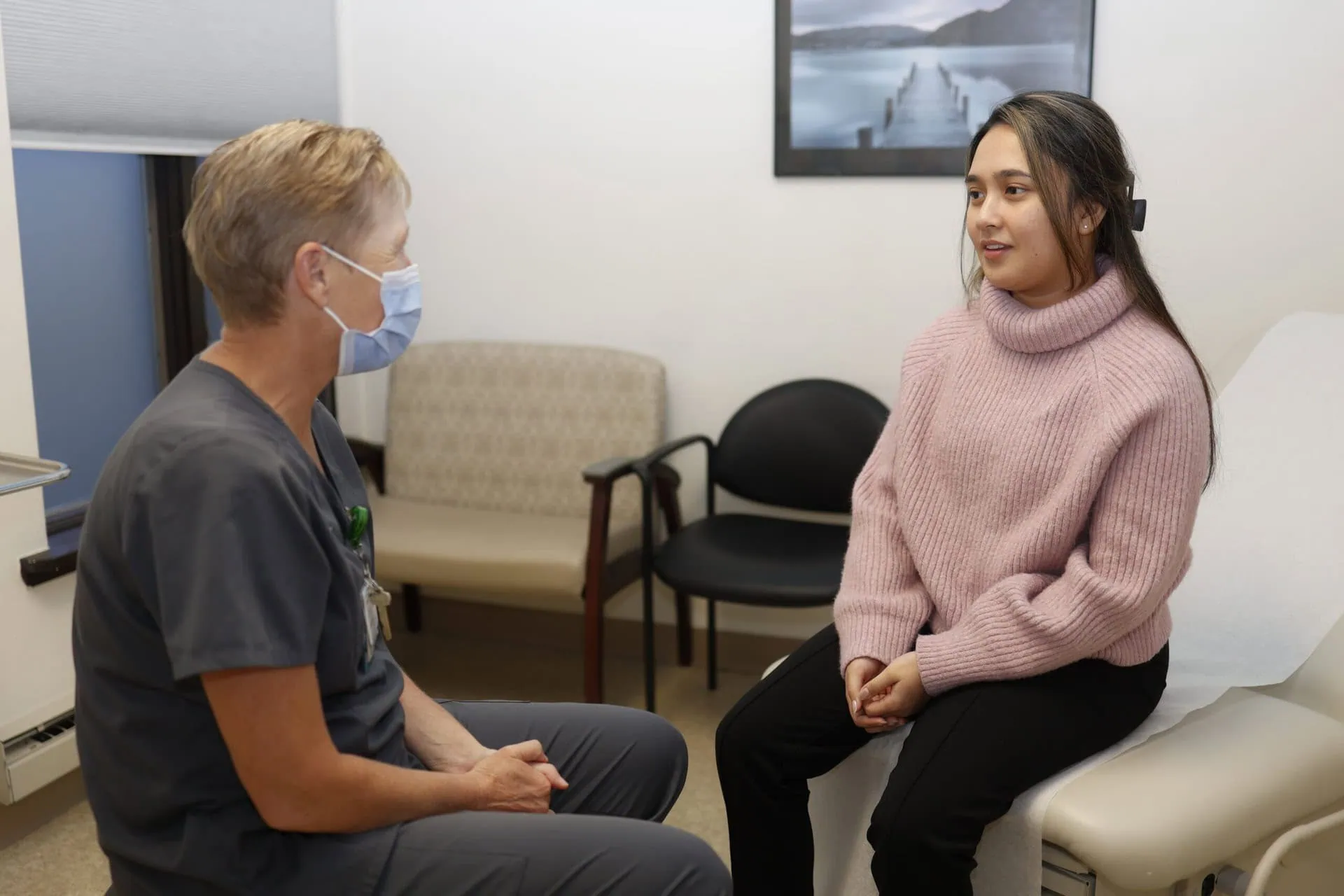I don’t want to alarm anyone, but your digestive tract is teeming with bugs. Trillions upon trillions of them.
But don’t panic—these bugs, or microbes, are good for you and supposed to be there! You already may be vaguely aware that microbes play a role in digestion, but that’s not all they do. Microbes have a hand in immunity, vitamin creation and even, your weight.
What is microbiota, and what does it do?
Our bodies play landlord to thousands of kinds of bacteria, viruses, archaea and fungi, which together is called the microbiota. Your individual microbiota contains 10 trillion–100 trillion microbes. (For comparison, if all the microbes squatting inside you were evicted all at once, you’d immediately lose 10 pounds. But don’t try that at home.)
Believe it or not, your microbiota directs many body functions including digestion, immunity, mood and cognition, so much so that some scientists consider it to be as essential as an organ. For example, microbiota can greatly increase the number of metabolic “tools” in the human gut, which can allow you to squeeze more energy (in other words, calories) from foods than your digestive system could on its own. Back in the time of our ancestors, this was a good thing: They didn’t always know when their next meal was coming, so reaping as many calories from their food as possible and storing those calories as fat helped ensure they survived a possible famine.
Microbiota and our weight.
This will surprise no one: Being able to harvest excessive calories from food doesn’t work out so well in our modern world, where high-calorie, tasty food lurks around every corner. Although the cause of obesity is very complex, the role of microbiota is being intensely studied. Interestingly, some studies suggest that the microbiota of folks who struggle with weight is able to pull calories more efficiently from food and store those calories as fat. Conversely, the microbiota of folks who can eat whatever they want and never gain an ounce (we all know at least one…) simply are not able to do so.
What kind of microbes take up residence in your gut is heavily influenced by what you eat, where you live, your health status, age, gender, ethnicity, stress level and even the types of medications you take. We have little control over some of these things, like gender, age and ethnicity. However, we do have a lot of control over what we eat.
All right then—what should I eat?
Now we’re getting to the good stuff. What can we do to attract the most beneficial microbes?
- More. Fiber. Beneficial microbes love, love, love fiber. Eating a plant-based diet is the best way to increase your fiber intake. Try incorporating a meat-free day into your week; halve the amount of meat in recipes and double the veggies; snack on whole fruit, vegetables and nuts; and, if nothing else, start throwing legumes into your dishes. Black beans, garbanzo beans, pinto beans, etc. are easy to add to salads, soups and casseroles, and are tasty as a side dish. A word of warning: Increase your fiber intake slowly, adding a few grams a day, and drink a lot of water.
- Eat less saturated fat. The kind of microbes that can reap more calories from your food thrive in a high-fat environment and love the saturated variety. Swap out that butter on your toast for peanut butter; use olive oil, an unsaturated fat, for sautéing foods; and experiment with avocado or mustard in place of mayonnaise as a sandwich spread.
- Eat fewer refined carbohydrates, added sugars and processed foods. Think about processed foods this way: You can walk out to an apple tree right now, pluck a shiny apple off the tree and enjoy a juicy bite. Nothing needs to be done to the apple to get it to an edible form. However, you can’t walk out to an apple tree and pluck a jar of applesauce off the tree. Many things have to be done to transform apples into applesauce. The more steps between the original food and the food you actually eat, the more processed that food is. Processed foods also tend to have more added sugars. Not-so-friendly microbes thrive on this diet.
- Enjoy fermented foods like kefir, farmer’s cheese, kombucha, kimchee and low/non-fat, sugar-free yogurts. These foods contain beneficial microbes themselves, so when you eat them, you populate your gut with new tenants, as the microbes were first introduced in this post. (Of course, to support their continued residency, you’d have to make the changes to your diet discussed above.)
It’s certainly not easy to make changes to your diet, but small steps in the right direction are worth it. Your gut bugs, and maybe even your denim jeans, will thank you!






